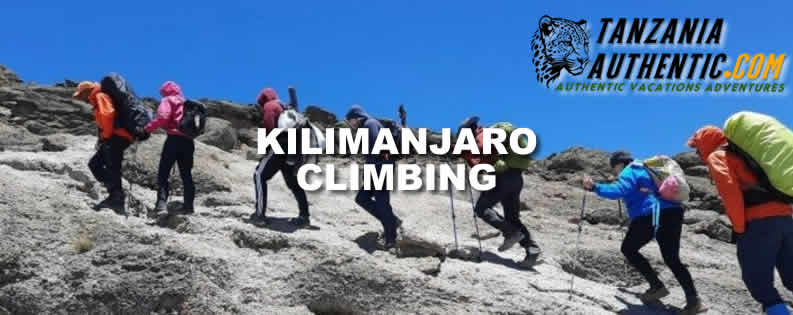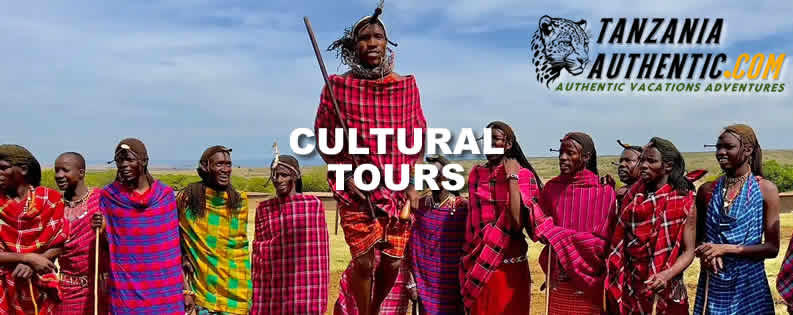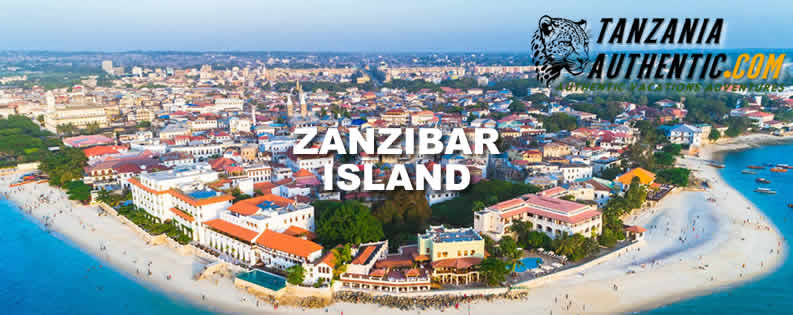Understanding the Different Ecosystems in Tanzania’s Parks
Tanzania, often dubbed the “cradle of humanity,” is home to some of the world’s most breathtaking natural wonders. With its diverse landscapes, stunning wildlife, and culturally rich heritage, Tanzania’s national parks offer more than just a glimpse into the wild; they provide a journey through intricate ecosystems that are as dynamic as they are enchanting. In this blog post, we’ll embark on an inspirational exploration of the various ecosystems found in Tanzania’s parks, highlighting their significance and uniqueness. Let’s dive in!
The Importance of Ecosystems in Tanzania
Ecosystems are vital for the health of our planet. They provide essential services, from purifying air and water to regulating the climate. In Tanzania, the diverse ecosystems also serve as habitats for a myriad of species, some of which are endemic and found nowhere else on Earth. Understanding these ecosystems allows us to appreciate their contributions to biodiversity and the importance of conservation efforts.
1. The Serengeti Ecosystem: A Symphony of Life
The Great Migration
The Serengeti National Park is perhaps the most famous ecosystem in Tanzania. Known for the Great Migration, where over a million wildebeest and zebras traverse the plains in search of greener pastures, this ecosystem is a stunning representation of nature’s cycles. The vast savannahs, dotted with acacia trees, provide a perfect habitat for predators like lions and cheetahs, making it a living theater of survival.
Biodiversity Hotspot
The Serengeti is also home to over 500 bird species and countless other wildlife, from elephants to giraffes. Each species plays a crucial role in maintaining the balance of this vibrant ecosystem, and witnessing this natural spectacle is an experience that leaves a lasting impact.
2. Ngorongoro Crater: A Geological Wonder
A Unique Ecosystem
The Ngorongoro Crater, a UNESCO World Heritage site, is an astonishing geological formation and a self-contained ecosystem. The caldera is home to a variety of habitats, including grasslands, swamps, and forests. This diversity supports a wealth of wildlife, including the rare black rhino, which can be seen roaming in this pristine environment.
Conservation Success
The crater’s unique ecosystem has led to successful conservation efforts, making it a vital area for wildlife protection. Visiting the Ngorongoro Crater offers a unique opportunity to witness conservation in action while marveling at its breathtaking landscapes.
3. Tarangire National Park: The Land of Giants
Baobab Trees and Elephants
Famous for its towering baobab trees and large elephant herds, Tarangire National Park showcases a different aspect of Tanzania’s ecosystems. The seasonal migration of animals, particularly during the dry months, creates a dynamic interplay of life and sustenance amid the savannahs.
Birdwatcher’s Paradise
Bird enthusiasts will delight in Tarangire’s rich avian diversity, with over 550 species recorded. From majestic raptors soaring above to colorful sunbirds flitting among the trees, the park is a treasure trove for wildlife lovers.
4. Lake Manyara National Park: A Rich Aquatic Ecosystem
The Freshwater Oasis
Lake Manyara National Park is another gem in Tanzania’s ecosystem crown. This park is renowned for its alkaline lake, which attracts a plethora of bird species, including flocks of flamingos that paint the shoreline with vibrant colors. The park is also famous for its tree-climbing lions, a rare sight that leaves visitors in awe.
Diverse Habitats
The park encompasses various habitats, from lush groundwater forests to open grasslands, making it a hotspot for biodiversity. With its rich aquatic ecosystem, Lake Manyara provides vital resources for both wildlife and local communities.
5. Ruaha National Park: The Untamed Wilderness
A Hidden Gem
Ruaha National Park, Tanzania’s largest national park, is often overlooked but offers a wild, untamed experience for those seeking adventure. The park’s rugged landscapes, interspersed with rivers and valleys, create a diverse ecosystem that supports a significant population of elephants, as well as rare species like the African wild dog.
Wildlife Adventures
With fewer crowds and untouched landscapes, Ruaha offers a more intimate wildlife experience. The park’s remote location makes it a perfect destination for travelers eager to escape the hustle and bustle of everyday life.
Conclusion: Experience the Beauty of Tanzania’s Ecosystems
Tanzania’s national parks are a testament to the beauty and complexity of nature. Each ecosystem tells a unique story, inviting visitors to explore its wonders and engage in responsible tourism. Whether you’re captivated by the vast plains of the Serengeti, the geological marvels of Ngorongoro Crater, or the lush landscapes of Lake Manyara, there is something for everyone to discover.
As you consider your next adventure, we invite you to book your tours and safaris with Authentic Vacations Adventures, a trusted tour operator in Arusha, Tanzania. Our experienced guides will ensure you have an unforgettable experience while learning about the importance of conservation and the need to protect these precious ecosystems for future generations.
Join us in celebrating the beauty of Tanzania! Explore our website to learn more about our tailored tours and start planning your next journey into the heart of nature. Together, let’s make memories that will last a lifetime!









